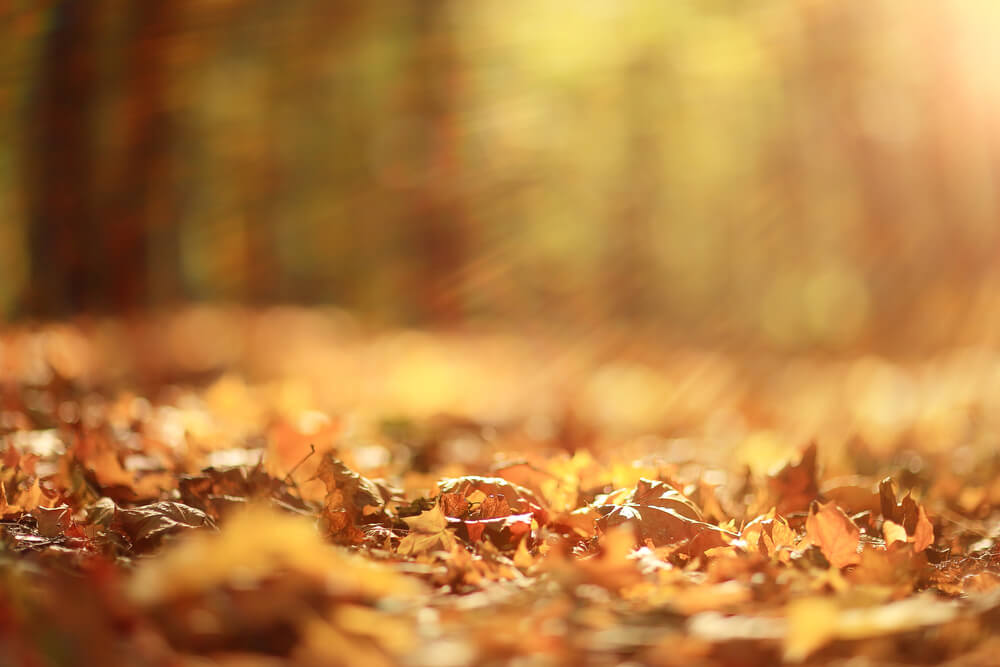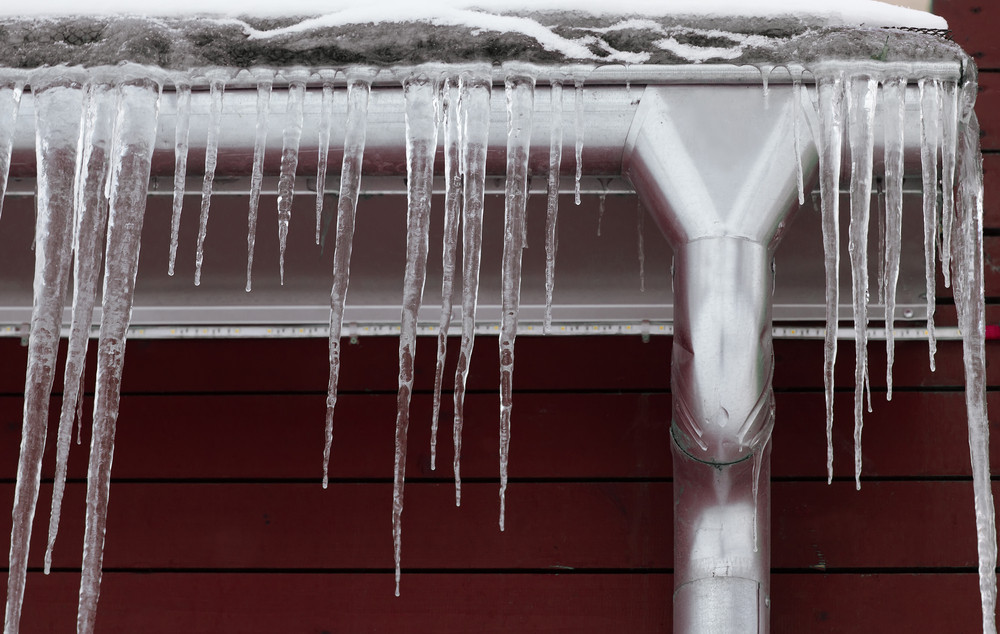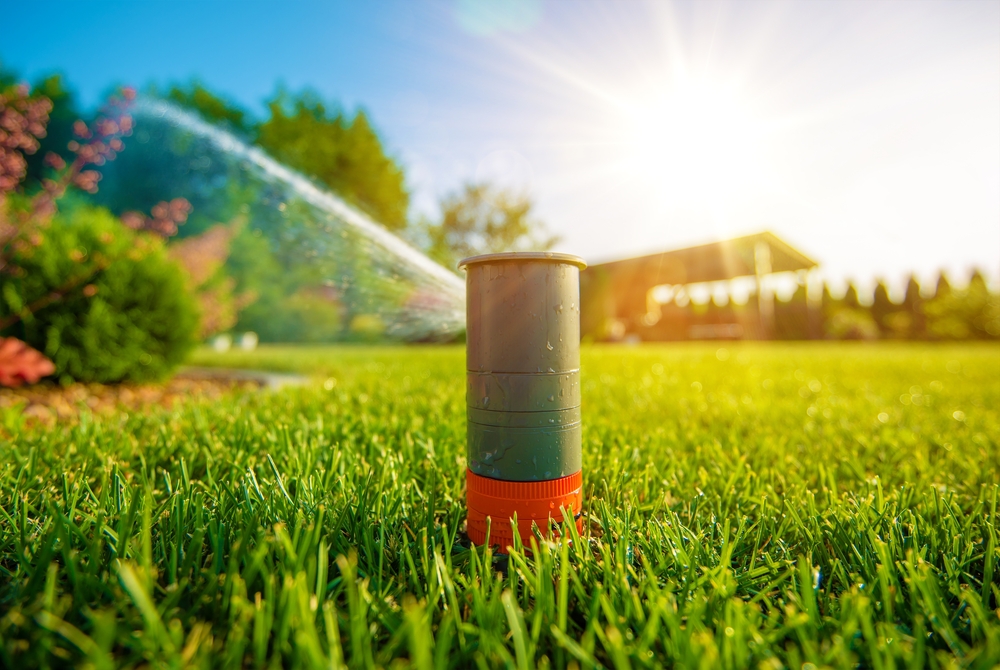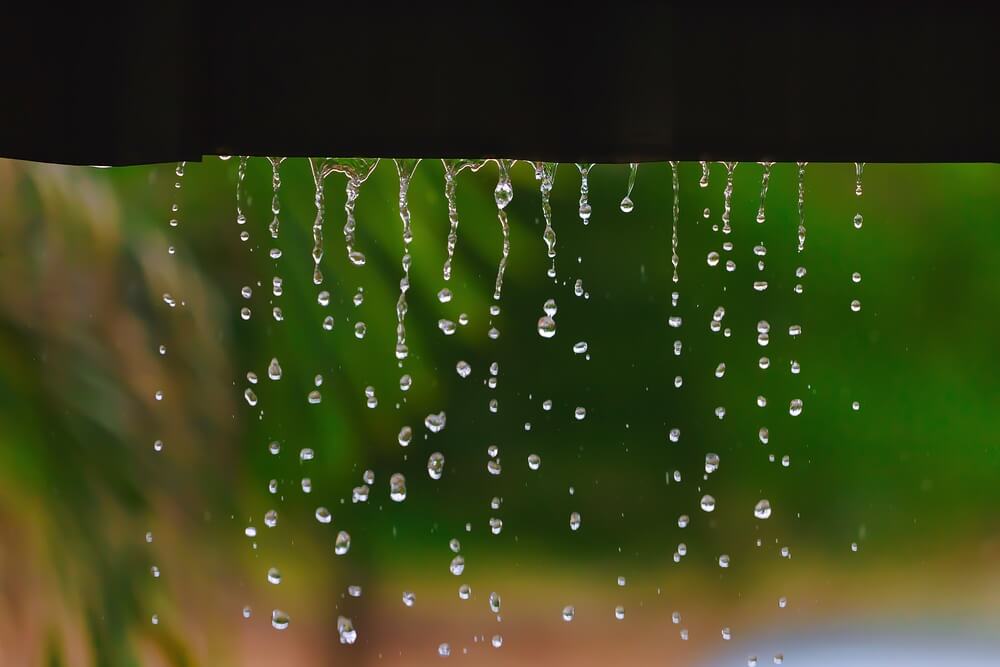Six Tips for Landscape Recovery after Storm Damage
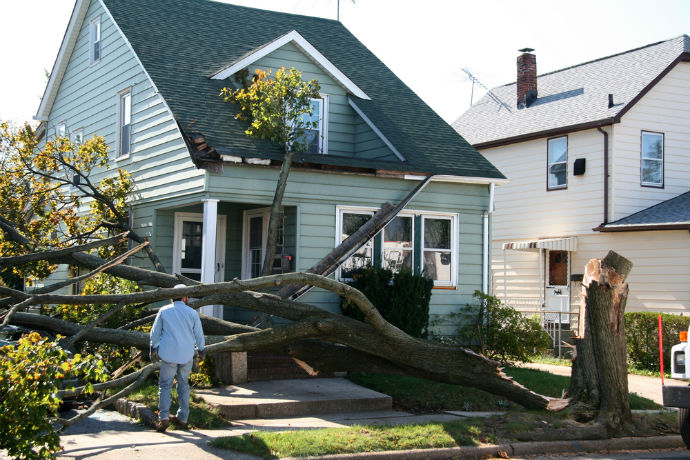
Cleaning up in the aftermath of a storm can be an ordeal for any property owner or tenant, and require much more time and effort than picking up a few branches and broken limbs. Storms that heavily damage trees and other large pieces of the landscape can be a potential hazard for the lessor and lessee.
After Mother Nature plays her heavy hand during spring storms – or any other time of the year – it’s best to take a step back and formulate a strategic plan for the cleanup, say landscape professionals. Also, communicating with tenants to discourage them from tackling a potentially dangerous situation during cleanup is prudent.
Property Owners and Tenants Probably Shouldn’t “Do It Yourself”
Depending on the extent of storm damage, calling in the experts to remove debris and deal with fallen trees is always a good idea, says Chris Lee, President of Earthworks. A storm-damaged landscape can produce a number of hazards, including trees that may appear to be stable but have been damaged and can fall.
In 2012, an Annapolis, Maryland, man was killed while working for a tree care company to help clear trees downed by a severe storm. While in the backyard of a home damaged by heavy wind and rain, a tree fell on top of him. He was dead before emergency personnel arrived.
Lee recalls a similar instance when a maintenance man at a client property became permanently disabled while attempting to cut up a tree.
“They were trying to save money and thought anyone can cut up a tree,” he said. “ If there are large trees or limbs down, it’s typically best to get a professional, especially with large fallen trees.”
Utility providers should be contacted when dealing with downed power lines or hot lines that are tangled in trees.
But first, the best strategy is draw up a plan rather than jump into the cleanup too quickly, Lee said. He, along with the Center for Disease Control (CDC), recommends 6 core tips and precautions for restoring a storm-damaged landscape.
1. Create a Plan and Identify Potential Hazards Before Storm Cleanup
Prioritize the cleanup by first determining any access issues to the home, cars or entrances and exits elsewhere on the property. Also, identify potential dangers, like trees that are unstable and limbs hanging in tree canopies.
Working in conditions with good visibility after the storm is essential.
2. Use Extreme Caution when Cutting or Removing Trees
Trees are extremely heavy and can cause serious injury or death. During cutting and removal, trees can shift, “jump” or roll, Lee says.
“Trees are extremely heavy and can cause serious injury or death if you don’t understand how the weight shifts as you cut,” he said.
Another potential danger is chainsaws and other cutting devices used to cut and remove trees. Only experienced operators of equipment like chainsaws should be permitted to the “heavy lifting” of cleanup,” Lee added.
3. Inspect Standing Trees for Instability and Potential Removal
A careful assessment needs to be made regarding additional tree trimming to stabilize and rebalance the damaged trees after limbs and other debris have been removed. A tree that looks like it fully survived the storm may actually be damaged. Lee recommends close inspection of the tree to determine if any structural damage has been done.
Also, some stable but unsightly trees may need to be removed.
4. Prune Smaller Trees, Shrubs and Perennials Affected by Storm Damage
Smaller ornamental trees, shrubs and perennials often are affected by storm damage. A determination should be made if the damaged plant life can be salvaged or if removal is necessary. Each plant heals in its own way and some may not be able to overcome the damage.
“Expert advice for this is important as different varieties of plants have different abilities to recover,” he said. “Also you have to weigh recovery time and unsightliness against replacement cost and make that decision.”
5. Inspect Landscape for Drainage Issues
Storms often produce heavy rains that can wash away a landscape. In addition, the drainage system could be altered.
Assess any soil erosion and changes to site drainage, and determine if a problem exists and how to best correct it. Also, mulch that washes out of beds will need to be removed and replenished.
6. Handle Standing Water With Care
Standing water resulting from heavy rains and flooding can be a health hazard, especially in extreme circumstances when the home has been flooded. Water from a flooded structure can contain fecal material from overflowing sewage systems as well as agricultural and industrial waste.
The CDC recommends wearing protective clothing and gloves, and keeping open cuts or sores exposed to floodwater as clean as possible by washing them with soap and applying an antibiotic ointment to discourage infection during cleanup.
While the damage from severe weather may appear to be done when the storm moves out, several factors should be considered before tackling cleanup. A well-organized plan will help the homeowner and resident safely get the landscape back on its feet.
(Image source: Shutterstock)


